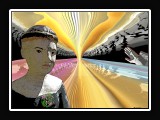
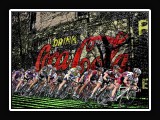
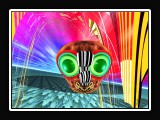
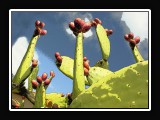
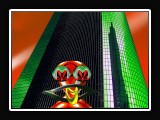
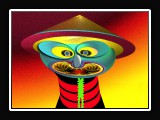
CLICK ANY IMAGE TO ENLARGE & START SLIDE SHOW
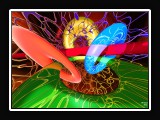
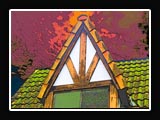

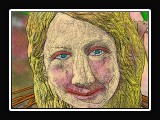
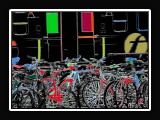
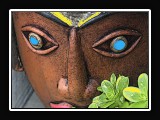
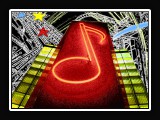
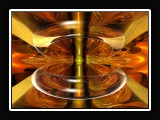
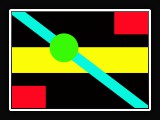
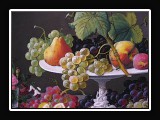
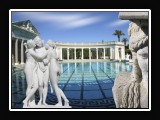

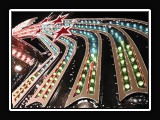
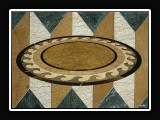
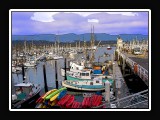
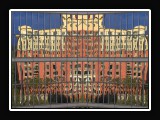
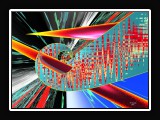
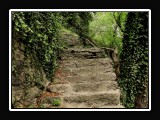
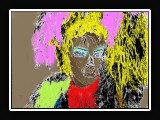
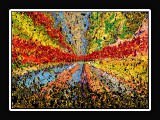
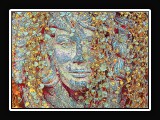
| Digital art
is a general term for a range of artistic works and practices
that use digital technology as an essential part of the creative
and/or presentation process. Since the 1970s, various names
have been used to describe the process including computer art
and multimedia art, and digital art is itself placed under
the larger umbrella term new media art.
The impact of digital technology has transformed activities such as painting, drawing and sculpture, while new forms, such as net art, digital installation art, and virtual reality, have become recognized artistic practices. More generally the term digital artist is used to describe an artist who makes use of digital technologies in the production of art. In an expanded sense, "digital art" is a term applied to contemporary art that uses the methods of mass production or digital media. The techniques of digital art are used extensively by the mainstream media in advertisements, and by film-makers to produce special effects. Desktop publishing has had a huge impact on the publishing world, although that is more related to graphic design. Both digital and traditional artists use many sources of electronic information and programs to create their work. Given the parallels between visual and musical arts, it is possible that general acceptance of the value of digital art will progress in much the same way as the increased acceptance of electronically produced music over the last three decades. Digital art can be purely computer-generated (such as fractals and algorithmic art) or taken from other sources, such as a scanned photograph or an image drawn using vector graphics software using a mouse or graphics tablet. Though technically the term may be applied to art done using other media or processes and merely scanned in, it is usually reserved for art that has been non-trivially modified by a computing process (such as a computer program, microcontroller or any electronic system capable of interpreting an input to create an output); digitized text data and raw audio and video recordings are not usually considered digital art in themselves, but can be part of the larger project of computer art and information art. Artworks are considered digital painting when created in similar fashion to non-digital paintings but using software on a computer platform and digitally outputting the resulting image as painted on canvas. Andy Warhol created digital art using a Commodore Amiga where the computer was publicly introduced at the Lincoln Center, New York in July 1985. An image of Debbie Harry was captured in monochrome from a video camera and digitized into a graphics program called ProPaint. Warhol manipulated the image adding colour by using flood fills. There are two main paradigms in computer generated imagery. The simplest is 2D computer graphics which reflect how you might draw using a pencil and a piece of paper. In this case, however, the image is on the computer screen and the instrument you draw with might be a tablet stylus or a mouse. What is generated on your screen might appear to be drawn with a pencil, pen or paintbrush. The second kind is 3D computer graphics, where the screen becomes a window into a virtual environment, where you arrange objects to be "photographed" by the computer. Typically a 2D computer graphics use raster graphics as their primary means of source data representations, whereas 3D computer graphics use vector graphics in the creation of immersive virtual reality installations. A possible third paradigm is to generate art in 2D or 3D entirely through the execution of algorithms coded into computer programs and could be considered the native art form of the computer. That is, it cannot be produced without the computer. Fractal art, Datamoshing, algorithmic art and Dynamic Painting are examples 3D graphics are created via the process of designing complex imagery from geometric shapes, polygons or NURBS curves to create three-dimensional shapes, objects and scenes for use in various media such as film, television, print, rapid prototyping and the special visual effects. There are many software programs for doing this. The technology can enable collaboration, lending itself to sharing and augmenting by a creative effort similar to the open source movement, and the creative commons in which users can collaborate in a project to create unique pieces of art. |